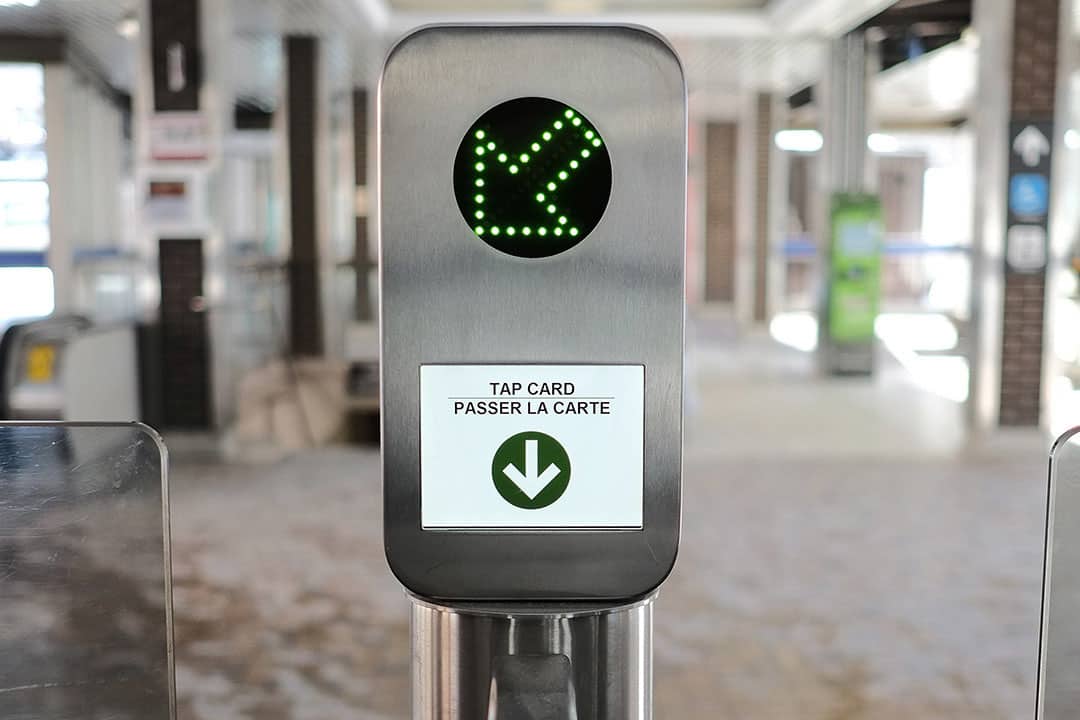In February 2021, the TTC board voted to cease the operation of the Line 3 Scarborough Rapid Transit as of 2023; Line 3 connects with Line 2, which travels to Scarborough. The Scarborough Subway Extension, which is currently under construction, will, in effect, replace Line 3. The extension will expand Line 2’s subway service by an approximated eight kilometers and is anticipated to open by 2029 to 2030.
While the line continues to be constructed, the TTC is looking for viable transit alternatives to Line 3, analyzing a number of alternatives that mostly rely on buses as a replacement. A report from three UTSC students analyzed three alternative forms of transit in response to the line’s closure, concluding that integrating with the GO system would be a better alternative to using buses.
The closure
The decision to close Line 3 was largely informed by the huge financial costs of running it — an estimated $522.4 million.
In addition to the financial burden it imposes and the decidedly long construction time for its replacement, the halting of Line 3’s operations comes with an acknowledgement of its already stretched-out operation period. The line, having been constructed and opened in 1985, was designed for a foreseeable 25 years of operation, and is therefore 11 years past its intended life cycle.
The TTC has engaged in two large overhauls — one in 2015, and the other in 2018 — of the line, in an effort to maintain its activity until the completion of the Line 2 extension. However, the estimated time of completion having been pushed to nearly 2030 has made this quite difficult.
With the end of Line 3 imminent, the TTC is in the process of analyzing three options for the period between the closure of Line 3 and the completion of the Line 2 extension. The first option is a hybrid of the continued operation of Line 3 and bus services, which would go on until 2030. The second option is a bus replacement service from 2023 to 2030, with new buses. The third and final option is a bus replacement service, but with the introduction of new buses in 2027–2030.
UTSC research team
As part of a competition organized by the Geography City Studies Association (GCSA), UTSC students Anika Munir, double majoring in public policy and city studies with a minor in public law; Neil Patel, majoring in city studies and human geography; and Rajpreet Sidhu, a recent UTSC graduate with a degree in human geography and international development studies, collaborated and formulated three alternatives to the three options currently being explored by the TTC. The team, after being selected by the GCSA, took part in the University of Toronto Transportation Alumni Network’s “New Frontiers in Transportation” competition.
In their official report, the UTSC team made note of the greater risk of the TTC’s first option, but recommended further research into the other options.
Each member of the team researched one alternative, with Sidhu’s research focusing on Bus Rapid Transit (BRT), Munir’s focusing on dedicated bus lanes, and Patel’s on integration with the GO system. They then organized their findings into a chart that compared the timeline, financial impacts, environmental impacts, socioeconomic impacts, and economic impacts of each alternative.
Their results indicate that the best alternative is integration with the GO system. Compared to the seven to 10 years estimated to implement the BRT and the two to three years estimated for the dedicated bus lanes, it would take only about a month or two to integrate with the GO system. Moreover, it would require very little construction, thereby limiting any financial and environmental impacts greatly.
Patel, whose research focused on integration with the GO system, explained how he found that the TTC has previously adopted a variation of an integration approach. He said, “In the past, the idea was the TTC and GO system would kind of seamlessly integrate their transited corporations because they had a discounted Presto price if you were to use GO with TTC or TTC and GO.” This system was removed under Doug Ford’s administration in early 2020. Patel said, “That deincentivized a lot of low income and a lot of working class residents, which is a majority of what Scarborough is made up of.”
He added, “If we integrate with the GO system, we’re going to reduce cost, because we’re not starting from scratch, we’re using a system that already exists and we’re just improving it.”
Sidhu said that the larger issue is that Scarborough residents are expected to use buses as they wait for the extension to be completed, and that this is certainly something that should have been prevented. She said, “We’re arguing that there’s been a huge mishap and this issue could have been prevented. [So] what is the TTC going to propose that can actually move 35,000 people daily across Scarborough?”
Echoing Sidhu’s point, Munir asserted the team’s intention to work on a “real-time” issue. Though there has been significant outcry on the closure itself, Munir has not come across discussion surrounding what Scarborough residents want. With this in mind, Munir said, “I’m really happy that we can propose these alternatives and give them a chance, and we hope that they will do better transit in Scarborough.”


